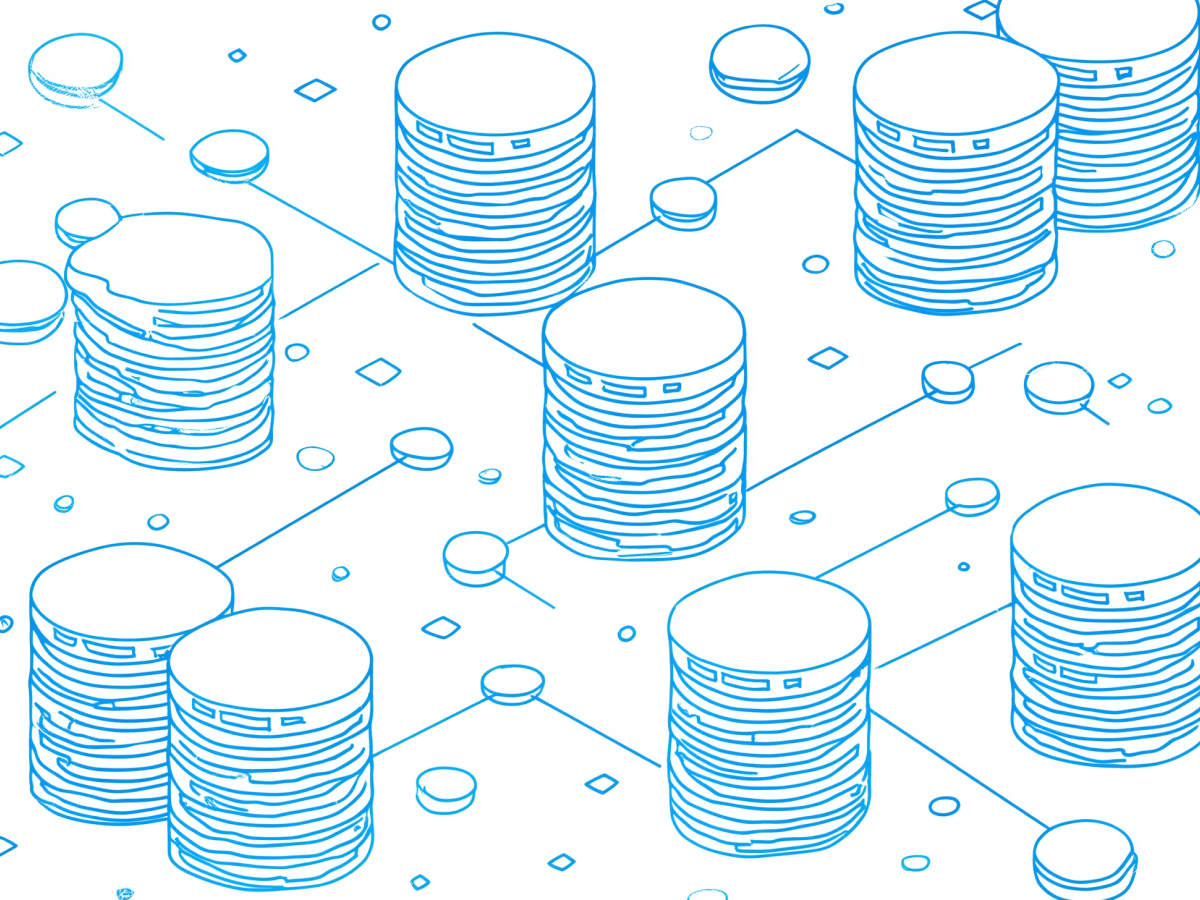ChatGPT agent functions as an advanced digital assistant that automates complex, multi-step tasks
Let’s be clear, this isn’t just another chatbot feature. ChatGPT’s new agent capability brings us into a new phase where AI doesn’t just respond; it executes. With this upgrade, the agent acts independently to complete tasks that would typically require full human involvement. We’re not talking about answering emails or summarizing documents. We’re talking about research, booking a flight, placing an online order, and managing entire workflows.
The agent spins up a virtual workspace for itself where it operates inside a controlled browser. This environment enables it to browse the internet, pull down data, interact with connected applications, and navigate user accounts with permission. It’s not passive. It’s acting with clear intent and progressing toward completion of the objectives you give it, with limited intervention required.
This changes the way we think about productivity. If you’re leading an organization, think about how many micro-decisions and routine actions your team handles daily that could easily be delegated to an algorithmic operator. Now, imagine lifting those off your team’s plate. That capacity can be redirected toward thinking, strategy, and innovation. This is practical automation, not theoretical, ready to use now.
You don’t need to babysit it. Average run-time is around 10 minutes per task, with the full range depending on complexity. That’s fast enough for critical time-sensitive work, but also comprehensive enough to handle multi-stage flows. The key is supervision where it matters, and autonomy where possible.
ChatGPT agent enhances and supersedes the capabilities of its predecessor
Operator got us part of the way there. It proved the concept, that an AI system can effectively carry out real-world tasks. But ChatGPT agent moves this from demo to deployment. The improvements are straightforward: better integrations, smarter processing capacity, and deeper research functionality.
The biggest shift is its ability to tap directly into third-party services like Gmail, Google Calendar, or GitHub through native connectors. It can read your calendar, draft messages, move files, and handle communications without relying on hacks or workaround APIs. This lowers time-to-value for users, compresses task duration, and removes the friction typically seen with AI add-ons.
OpenAI also brought its deep research architecture into the mix. That means the agent can now go beyond simple retrieval. It contextualizes what it finds, assesses credible sources, and compiles useful output quickly. The experience is more fluid, it’s less about prompting step-by-step and more about establishing an outcome and letting the system figure out how to get there.
Operator had its limitations, and OpenAI is sunsetting it. That’s the right move. With ChatGPT agent now live for users on paid plans, the tool is ready for operational scale, not just early adopter experimentation.
If you’re optimizing business processes or streamlining support operations, this suite gives you a self-operating resource. Connect it intelligently, set boundaries, and you have task completion running in the background while your team focuses on higher-order work. This kind of capability isn’t distant, it’s real, usable, and ready.
Accessing and operating ChatGPT agent requires a paid subscription
Let’s talk about access. ChatGPT agent isn’t available on the free tier. That’s intentional. It’s been positioned where it adds real business value, and that means it’s gated behind the Pro, Plus, and Team plans. This ensures the users leveraging its full capabilities are those deploying it at scale, productively, securely, and with oversight.
Setup is straightforward. You log into ChatGPT.com, navigate to Tools, activate Agent Mode, and from there you’re ready to deploy tasks. The UI makes it easy, hover to view available uses, configure sources, and initiate action. No unnecessary layers. You control what’s delegated and when.
One area leaders will care about: quotas. It’s not unlimited. Pro users get 400 agent interactions per month, which is more than enough to pilot real operational workflows. Plus and Team plans come with 40 tasks per month but offer flexible pricing per message if you’re scaling. A “message” here includes each unique user-initiated agent prompt, not every back-and-forth.
The cost model is transparent, and that matters. You can budget for it, track usage, and limit overreach. From an operational point of view, this gives your CIO or IT lead a concrete structure to manage deployment.
Executives looking at this from a business impact lens should think in outcomes-per-dollar. If a team member spends two hours booking flights, writing out emails to confirm meetings, or updating tickets, and the agent can condense that into 10 minutes, you’re not just saving time, you’re reclaiming throughput across the organization.
ChatGPT agent’s utility is enhanced through connectors
This part matters if you’re serious about real-world use. ChatGPT agent is only as useful as the tools it plugs into. OpenAI understood this, they didn’t ship a stand-alone product. They focused on integration. That’s why the agent supports direct connectors with platforms you’re already using: Google Drive, GitHub, Canva, Outlook, Notion, SharePoint, Teams, and more.
These connectors aren’t patches. They give the agent permission, once approved by the user, to write, pull, and edit files; access calendars; update tasks; send drafts. The agent works inside your actual workflow. This creates a seamless environment where tasks aren’t just suggested, they’re executed.
Configuring these connectors is simple. You go into your Agent Mode within ChatGPT, click “Sources,” and connect the service. Each platform has its own authentication step. Once accepted, the agent can operate within that system under your parameters.
This gives the AI precision. Instead of hallucinating or guessing next steps, it reads information from your actual environment, files you’ve shared, emails you’ve sent, tickets your team created. That level of context improves performance and relevance.
For leadership teams, this is where ROI shows up. You eliminate the leap between insight and action. The moment the agent is enabled to interact with systems your teams already depend on, you gain automation at the core of your business processes. That saves time. Reduces friction. Protects focus. And it scales.
The agent is designed with hybrid control
Autonomy is powerful, but control matters, especially when there’s risk involved. ChatGPT agent is smart enough to know its limits. When the agent hits a barrier, like a login form, payment page, or sensitive data checkpoint, it immediately pauses and prompts you to step in. This isn’t a failure in the system. It’s a necessary design feature for responsible operation.
When intervention is required, a remote browser window opens. You take direct control, complete the required step, such as entering credentials or confirming a purchase, and then hand control back to the agent. Once it detects you’ve provided what it needs, it resumes and continues processing the task.
From a leadership perspective, this hybrid control gives you two things: safety and accountability. You’re not handing over unrestricted command to automation. You’re giving it the ability to execute intelligently, but with clear checkpoints. These boundaries are especially important in regulated industries, high-value transactions, and when privacy is at stake.
This mechanism ensures that confidentiality, approvals, and human judgment remain intact. It’s not about blind delegation. It’s targeted, reviewable, and auditable decision flow. For teams deploying the agent across multiple touchpoints, this creates a predictable, secure rhythm of operation that satisfies both IT oversight and practical workflow needs.
ChatGPT agent introduces security and privacy risks that users must understand
Nothing this powerful is without risk. And OpenAI has been clear about it, the ChatGPT agent can introduce vulnerabilities when not used properly. That’s because the agent operates using your permissions, your connected services, and in some cases, with access to sensitive data or payment methods.
There are several critical threat vectors. The first is prompt injection: malicious code or commands embedded in a site the agent visits. This could cause it to act destructively, leak information, or compromise data within systems you’ve linked. The second is over-automation. Once connected, the agent can carry out almost any available action under your credentials, including deleting files or initiating transactions, sometimes without clear user confirmation.
Then there’s AI hallucination. The system doesn’t always interpret prompts correctly. It may misread vague instructions or generate actions no one explicitly authorized. And because it’s logging into some platforms on your behalf, separating your actions from the agent’s in audit logs becomes challenging. That lack of transparency can be a serious issue if a mistake, or a breach, occurs.
If you’re in a decision-making role, CISO, CIO, or CEO, you need to factor this in before wide deployment. It’s not about fear. It’s about realism. Automation introduced without security controls introduces risk vectors that can undercut productivity gains fast. ChatGPT agent delivers speed and autonomy, yes, but it must operate with oversight, limits, and awareness.
Active and deliberate risk mitigation measures are key
Using automation at this level comes with real responsibility. ChatGPT agent is powerful, and that power needs clear boundaries. You have to actively manage risk. This isn’t optional, it’s central to sustainable deployment, especially in environments handling sensitive data or regulatory compliance.
Start with the basics: don’t step away while the agent is working on complex or sensitive tasks. Especially when it involves money, contracts, private records, or permissions-based access. Monitor its activity, and immediately intervene if it deviates from expected behavior. Next, don’t give it blanket access to every connected service. Grant minimum necessary permissions. Keep access scoped to what’s needed for each task, and nothing more.
Open-ended prompts create ambiguity. So avoid them. Be specific. Tell the agent exactly what to do and where to stop. For instance, if it’s reviewing GitHub issues, don’t tell it to “do whatever it takes to solve them.” That’s open to misinterpretation. Instead, instruct it to flag issues or summarize key items without making changes.
Other solid practices: don’t paste passwords or private credentials into messages. Regularly audit connector access and remove unused integrations. After sensitive sessions, clear the agent’s browser history. And use custom instructions whenever possible. For example: tell the system never to complete purchases above a certain value, or never to delete connector-hosted data.
For senior leaders, especially in security or governance, this is implementation-critical. Processes must be in place before widespread rollout. These measures aren’t about limiting potential, they’re about protecting value.
ChatGPT agents potent automation capabilities come with inherent hazards
This tech will change the way knowledge workers operate. ChatGPT agent can reduce hours of admin burden into minutes of high-precision task execution. It scales without overtime. It delivers consistent output, quickly. That’s the upside, and it’s considerable.
But ignore the risks, and you’ll burn trust. You can’t afford unexpected deletions, unauthorized transactions, or data leaks. And the system, as of now, can’t perfectly separate user actions from its own inside shared environments. Which means auditability and oversight have to be factored in from the beginning.
You’re not deploying software, you’re activating decision-making at scale. That requires clear governance. Set constraints. Monitor behavior. Review every connector. And prepare your teams through guidance, not just access.
This is a real tool, built for use now, not years from now. For C-suites, the strategy is simple: leverage the productivity gains, protect the organization through disciplined implementation, and let your teams focus on what only humans can do better. Make automation work for you, intentionally, not passively.
Concluding thoughts
This isn’t experimental anymore. ChatGPT agent is operational AI, task-ready, integration-capable, and built with scale in mind. If you’re leading teams, managing systems, or setting strategy, the opportunity here is real. You can reduce drag in your workflows, shift repetitive execution to automation, and keep your people focused on higher-leverage work.
But power without control doesn’t work in business. This tool requires boundaries, clear permissioning, consistent oversight, and practical limits. It’s not about slowing progress; it’s about protecting downside while accelerating impact.
Done right, ChatGPT agent becomes infrastructure. It runs tasks at scale with consistency, integrates cleanly with your workflows, and adapts as your organization grows. But it takes leadership to implement it responsibly. Your role is to frame the accountability, define the use cases, and enable your teams to get the most out of it, safely and effectively.
Use it with intention. Automate what should be automated. Monitor what matters. And make sure your AI works for you, not the other way around.





